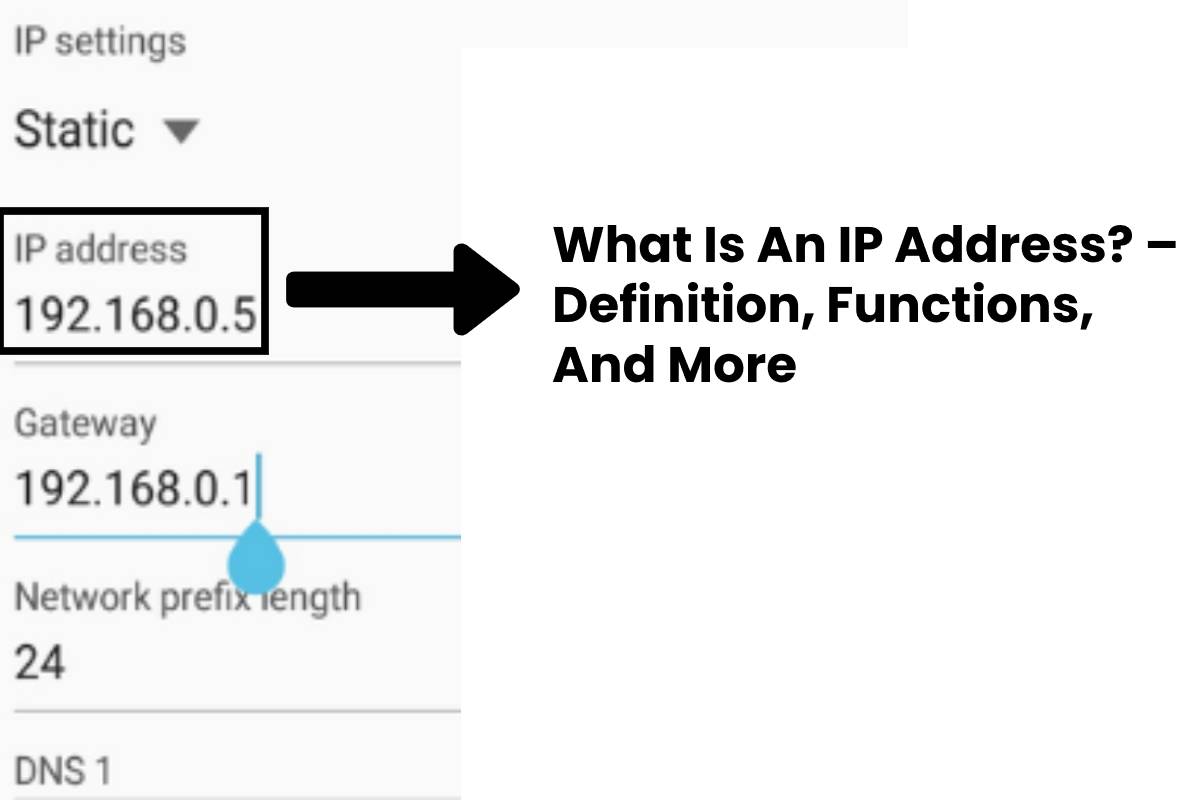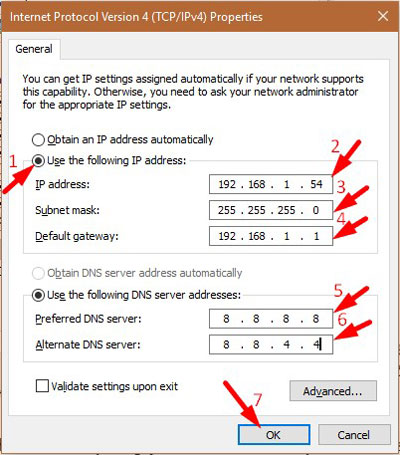

There are 16,384 possible Class B networks.Įxample for a Class B IP address: 135.58.24.17

In dotted decimal notation, that makes 128.0.0.0 to 191.255.0.0 as Class B networks. All Class B networks have their first bit set to 1 and the second bit set to 0. In a Class B network, the first 16 bits are the network part of the address. is considered a loopback address.Įxample for a Class A IP address: 2.134.213.2 However, any address that begins with 127. In a Class A network, the first eight bits, or the first dotted decimal, is the network part of the address, with the remaining part of the address being the host part of the address. IP address classesīefore variable length subnet masks (introduced with RFC-1519 in 1993) allowed networks of almost any size to be configured regardless of the actual address, the IPv4 address space was broken into five classes as follows: A Class C subnet mask would be 255.255.255.0. and continue on until the network mask ends. The bits marking the subnet mask must be consecutive ones. All the bits set to zero mark the corresponding bits in the IP address as part of the host address. When expressed in binary, any bit set to one means the corresponding bit in the IP address is part of the network address.

A subnet mask can also be written in dotted decimal notation and determines where the network part of an IP address ends, and the host portion of the address begins. Subnet masksĪ single IP address identifies both a network, and a unique interface on that network. Once on the correct network, the host part of the address determines which interface the packet gets delivered to. A subnet mask specifies which part of an address is the network part, and which part addresses the specific host.Ī packet with a destination address that is not on the same network as the source address will be forwarded, or routed, to the appropriate network. The first numbers in the address specify the network, while the latter numbers specify the specific host. IPv4 addresses are composed of two parts. An example IPv4 address would look like this: The binary number is important because that will determine which class of network the IP address belongs to.Īn IPv4 address is typically expressed in dotted-decimal notation, with every eight bits (octet) represented by a number from one to 255, each separated by a dot. An IP address is, as such, generally shown as 4 octets of numbers from 0-255 represented in decimal form instead of binary form.įor example, the address 168.212.226.204 represents the 32-bit binary number 10101000.11010100.11100010.11001100. IPv4 addresses are actually 32-bit binary numbers, consisting of the two subaddresses (identifiers) mentioned above which, respectively, identify the network and the host to the network, with an imaginary boundary separating the two.


 0 kommentar(er)
0 kommentar(er)
